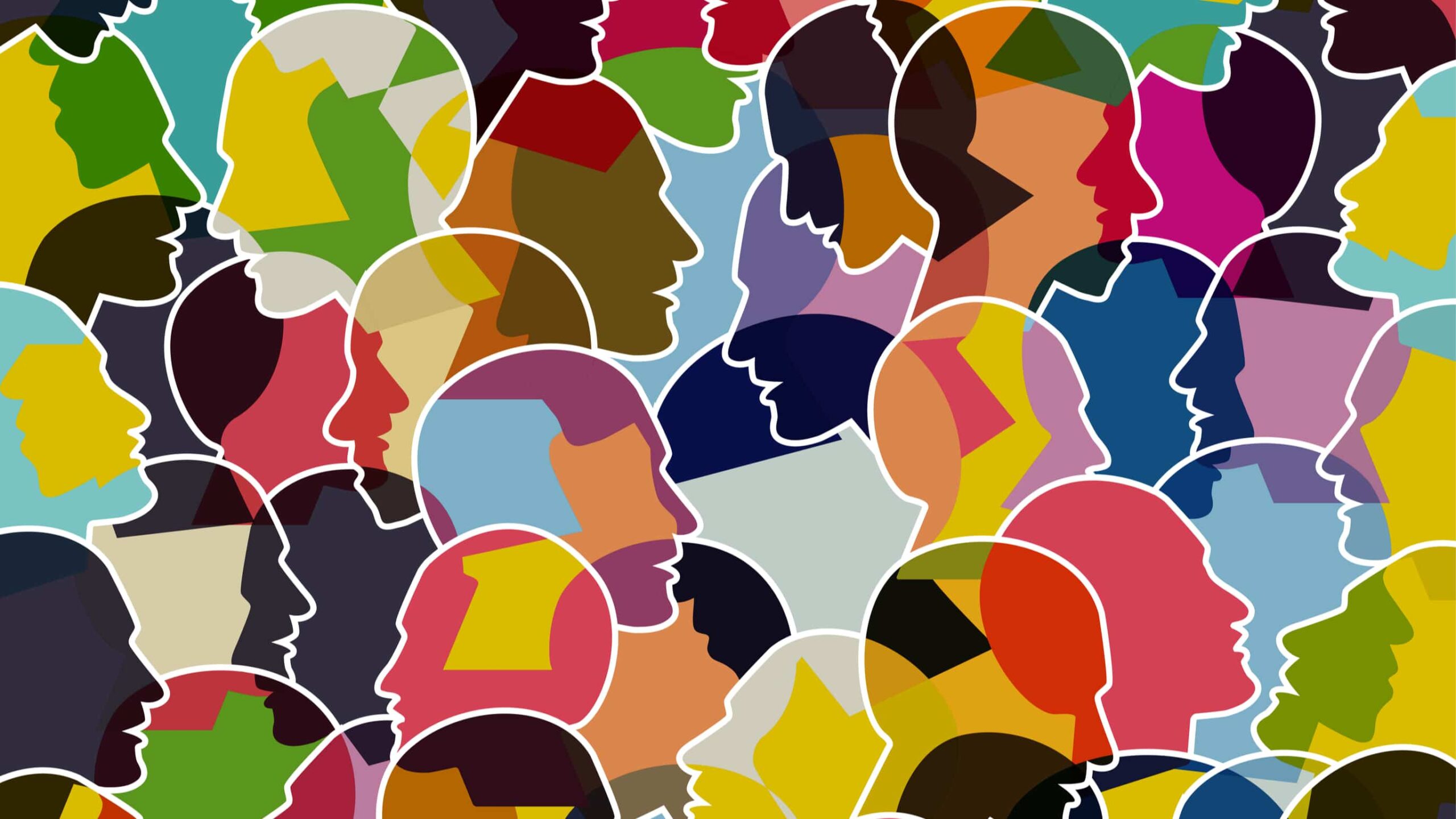There is a growing interest in supporting neurodivergent staff and students. But, there is still a long way to go in making higher education a fully inclusive environment for them.
Finding out you are autistic later in life brings a specific set of challenges that often play out acutely in professional contexts. Our experience is that colleagues are willing to learn about neurodivergence, but widespread societal stereotypes still exist.
We are both autistic, which is a form of neurodivergence, and we have both encountered scenarios where colleagues have either assumed autism is a learning disability or that we possess some kind of savant superpowers.
And when Neil attended a workshop on neurodiversity at a well-known academic teaching conference, it had not even occurred to some attendees, collectively, that any academics in the room could be neurodivergent. In fact, the expressed perception was that neurodivergence was a growing “trend” for young people and that neurodivergent academics did not exist. There was a strong sense of othering with neurodivergent people discussed as if they were some other group who could not possibly be present in the room.
These frequently encountered and openly shared attitudes mean that if you are neurodivergent and find that you need to disclose at work, you worry that people who once valued your perspective and trusted your judgment now second-guess you. You worry you won’t be afforded the same opportunities your highly-masked self and deeply internalised ableism has previously allowed for.
But you also know that to continue to work and achieve any modicum of balance and well-being, you need to show up more authentically autistic in every area of life. This is the process of unmasking, which is partly about relearning and becoming your authentic self.
A framework to articulate and understand
There is an upswing of a late diagnosis of any form of neurodivergence; you now have access to a newfound language to, at last, articulate your lived experience in a way that previously – and frustratingly – eluded you.
This language is both literal; the words we use to talk about neurodivergence, and conceptual; the perspective the neurodiversity paradigm gives you to reframe a lifetime of experiences that never quite fit.
The latter involves engagement with a significant identity shift and post-diagnosis or self-identification developmental arc. It can be a profoundly personal and internalised process with fewer opportunities for others to support in a practical way.
Still, the actual language of neurodiversity is something we must all engage with meaningfully. In doing so, we can start to address the lack of neurodiversity literacy that upholds assumptions and the continued discrimination and oppression of neurodivergent people.
What is the “right” language?
We can start by unpacking the conflation of neurodiverse with neurodivergent. We witness these terms used interchangeably and incorrectly in policy documents, research focusing on neurodivergence, staff development contexts, training and teaching resources, books, and awareness campaigns on a daily basis.
Neurodiverse/neurodiversity refers to natural, neurobiological variations in humans. We are all neurodiverse, but an individual alone cannot be neurodiverse. Neurodiversity refers to both neurotypical and neurodivergent people. When grammatically correct, the term neurodiversity also attends to the social justice perspective of the neurodiversity movement.
Neurodivergent/neurodivergence is an umbrella term used to describe a range of differences, such as autism, ADHD, dyscalculia, dyspraxia, dyslexia, bipolar, acquired brain injuries, epilepsy, and more. Essentially, as two autistic people, we are neurodivergent because our minds and bodies work in a way that significantly diverges from the dominant standards.
No default normal
These terms being used interchangeably is a subtle but significant indicator that our lived experiences continue to be misunderstood. If someone says “neurodiverse” when they are actually referring to neurodivergent people, the language suggests that there is a default normal that exists separate from any aspect of diversity. In this way, diversity starts to equal a minority.
But diversity is an intrinsic part of humanity, and neurodivergence is a naturally occurring variation of human experience. If we keep othering diversity, we reinforce the idea of a singular, objective normativity.
In this way, the neurodiversity movement has much in common with all other movements that attend to intersectionality and centre the experiences of marginalised groups. This misuse of the words “diverse” and “diversity” is particularly apparent in the discourse around race. It’s all too common to see the word diverse used to mean “non-white”. This both reinforces white supremacy and is grammatically incorrect – again, diversity refers to a variety of differing elements or qualities.
As late-diagnosed autistic individuals, decades of internalised ableism led us to feel that we were inherently wrong or broken. This internal experience was reinforced by the way we were treated by others, the demands placed upon us to censor ourselves by masking extensively, and the challenges we encountered when being required to slot into neurotypical ways of being and thinking.
The beginning of a journey
There is so much more to say about the language of neurodiversity. But if we can get the distinction between neurodiversity and neurodivergence right, we’re laying the foundations for a more inclusive future beyond neuronormativity.
This is a complex journey to undertake, but if we persist in using language that reinforces the harmful notion that there is one objective, archetypical way to be human we will consistently harm all marginalised groups that don’t fit western, capitalist notions of normal, default or typical. Finding the language to describe your lifelong experience means the words carry a lot of weight – as do their misuse. What we and our neurodivergent peers and students now need is a language shift that recognises the validity of our experiences. This supports us in moving away from feelings of being wrong and towards embracing and embodying our differences.
Other ways to further your understanding include:
- Examining your assumptions around societal expectations of what is “normal”.
- Becoming fluent in the language of the neurodiversity paradigm
- Getting comfortable with being uncomfortable as you unlearn the systemic oppressive practices of neuronormativity
If you are looking to expand your understanding, Nick Walker’s Neurodiversity: Some Basic Terms and Definitions and her 2021 book Neuroqueer Heresies are great places to start. Indeed, her writing underpins much of what we’ve written about here and empowers us to find ways to make our voices heard.




